
How To Grow Zucchini In A Pot: An effective 6 steps guide

Zucchini (Cucurbita pepo) is one of the easiest and most rewarding vegetables to grow, even in small spaces.
Whether you have a balcony, patio, or limited backyard space, growing zucchini in a pot allows you to enjoy fresh, homegrown produce without needing a traditional garden bed.
This 6-step guide will provide you with everything you need to know to successfully grow zucchini in containers, from choosing the right pot to harvesting your bounty.
Follow these steps, and you’ll be enjoying delicious zucchinis in no time!
Step 1: Choose The Right Pot
Zucchini plants have large root systems and need a spacious container to thrive.
Pot Requirements:
- Size: At least 5 gallons in volume and 12-18 inches deep.
- Material: Plastic, ceramic, or fabric grow bags work well, but ensure the material allows proper air circulation and drainage.
- Drainage: Ensure the pot has multiple drainage holes to prevent root rot.
Best Types of Zucchini for Containers:
- Bush varieties (compact plants ideal for small spaces):
- ‘Astia’ – Compact and fast-growing.
- ‘Black Beauty’ – High-yielding and flavorful.
- ‘Patio Star’ – Specifically bred for container gardening.
Step 2: Select The Right Soil
Zucchini plants thrive in nutrient-rich, well-draining soil.
Best Soil Mix for Zucchini:
- Loamy potting mix with good drainage.
- Mix in compost or aged manure to boost nutrients.
- Add perlite or vermiculite for improved aeration and moisture retention.
Soil pH:
- Ideal pH range: 6.0 – 7.5 (slightly acidic to neutral).
- Adjust soil pH if needed using lime (to raise pH) or sulfur (to lower pH).
Step 3: Plant Zucchini Seeds Or Seedlings
You can grow zucchini from seeds or seedlings, but seeds are generally more cost-effective and establish better in containers.
How To Plant Zucchini Seeds:
- Fill your container with moist potting mix.
- Plant 2-3 seeds per pot, about 1 inch deep.
- Space the seeds at least 4-6 inches apart.
- Keep the soil moist but not soggy until germination.
- Once seedlings have two true leaves, thin them out, leaving the strongest plant.
How To Transplant Seedlings:
- If using store-bought seedlings, carefully remove them from their nursery pots and plant them at the same depth as they were growing previously.
- Water thoroughly after transplanting to help them establish roots.
Step 4: Provide The Right Growing Conditions
Sunlight:
- Zucchini plants need at least 6-8 hours of direct sunlight per day.
- Place pots in a sunny location, such as a balcony, patio, or south-facing window.
Watering Needs:
- Water deeply 2-3 times per week, ensuring the soil stays evenly moist.
- Avoid overwatering, which can lead to root rot.
- Use a mulch layer (straw, wood chips) to retain moisture and prevent soil from drying out too quickly.
Fertilizing:
- Use a balanced liquid fertilizer (10-10-10) every 2-3 weeks.
- Add organic compost or worm castings monthly for additional nutrients.
- Once the plant starts flowering, switch to a high-phosphorus fertilizer to encourage fruit production.
Step 5: Support & Pollination
Providing Support:
Although bush varieties don’t require trellising, some vining zucchinis benefit from stakes or cages to keep fruit off the ground and save space.
Pollination Tips:
Zucchini plants produce both male and female flowers. Pollination is crucial for fruit development, but if bees are scarce, you may need to hand-pollinate.
How to Hand-Pollinate:
- Identify male flowers (they have a long, thin stem) and female flowers (they have a small zucchini at the base).
- Use a small paintbrush or cotton swab to transfer pollen from the male flower to the female flower.
- Repeat for multiple flowers to increase fruit production.
Step 6: Harvesting Zucchini
Zucchini grows rapidly, and regular harvesting encourages continuous production.
When To Harvest:
- Pick zucchinis when they are 6-8 inches long for the best flavor.
- Baby zucchinis (4 inches) are tender and delicious for salads.
- Overgrown zucchinis (larger than 10 inches) may become seedy and tough.
How To Harvest:
- Use a sharp knife or garden shears to cut the stem about 1 inch above the fruit.
- Avoid twisting or pulling the zucchini off the plant to prevent damage.
Storage Tips:
- Fresh zucchinis can be stored in the refrigerator for up to a week.
- For longer storage, blanch and freeze them.
Additional Tips for Growing Zucchini in Containers
1. Pest & Disease Prevention:
- Watch out for aphids, squash bugs, and powdery mildew.
- Apply Neem oil or insecticidal soap for pest control.
- Ensure proper air circulation to reduce fungal diseases.
2. Succession Planting:
- To extend your harvest, plant new zucchini seeds every 3-4 weeks.
3. Companion Planting:
- Best companions: Basil, nasturtiums, beans, and radishes.
- Avoid planting near: Potatoes and pumpkins (they compete for nutrients).
Growing zucchini in pots is a practical and rewarding way to enjoy fresh vegetables, even with limited space.
By following these six steps, you’ll be able to cultivate a healthy, productive zucchini plant in your container garden.
News in the same category

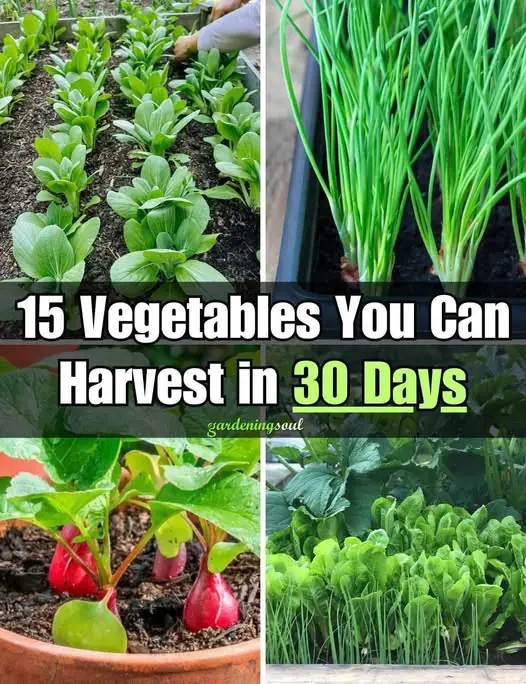
15 Vegetables You Can Harvest in 30 Days
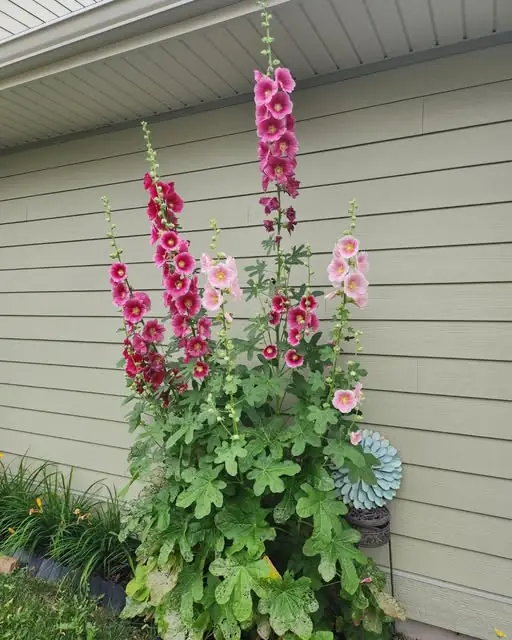
Why You Should Grow Hollyhocks in Your Yard and How to Eat Every Part of this Plant

11 Reasons to Grow a Rosemary Hedge & The Easy Way to Do It
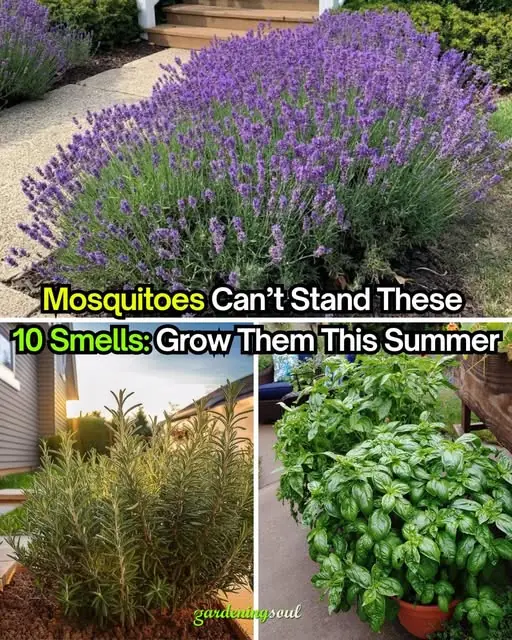
Mosquitoes Hate These Plants. Grow Them In Your Home

Unlock the Health Benefits of the Castor Bean Plant: A Natural Remedy for Wellness
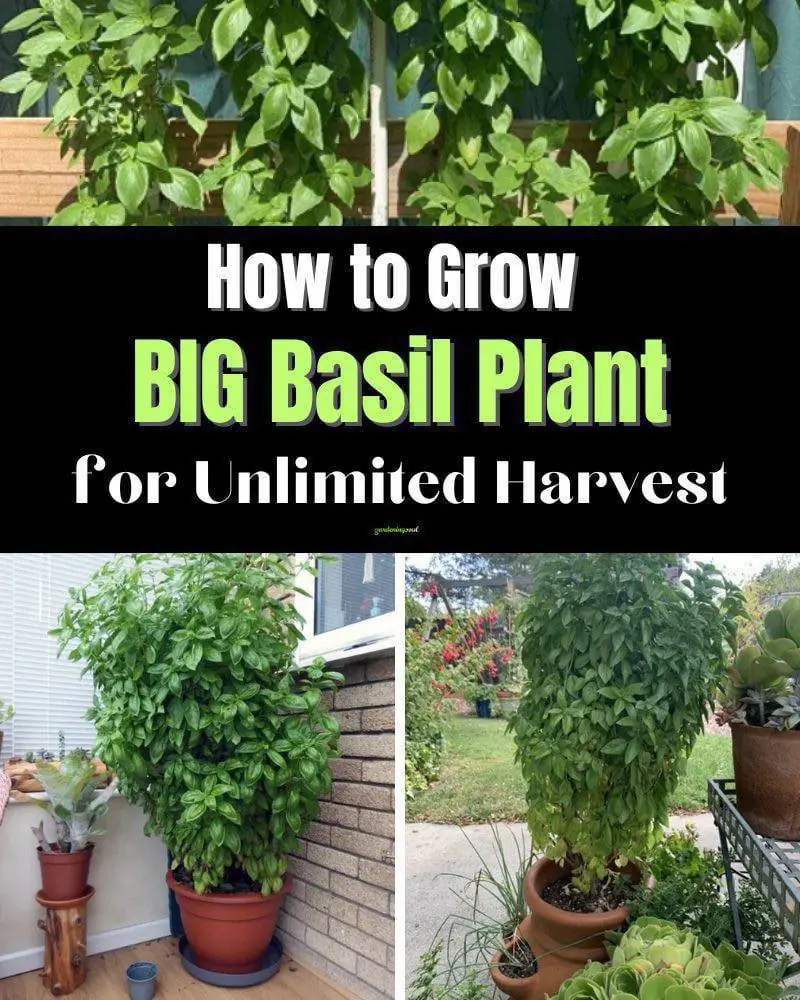
How to Plant, Grow and Harvest Basil – Complete Guide

How To Grow Lavender Indoors in Pots

Baking Soda Is A Gardener’s Best Friend – Here Are 14 Nifty Uses In The Garden
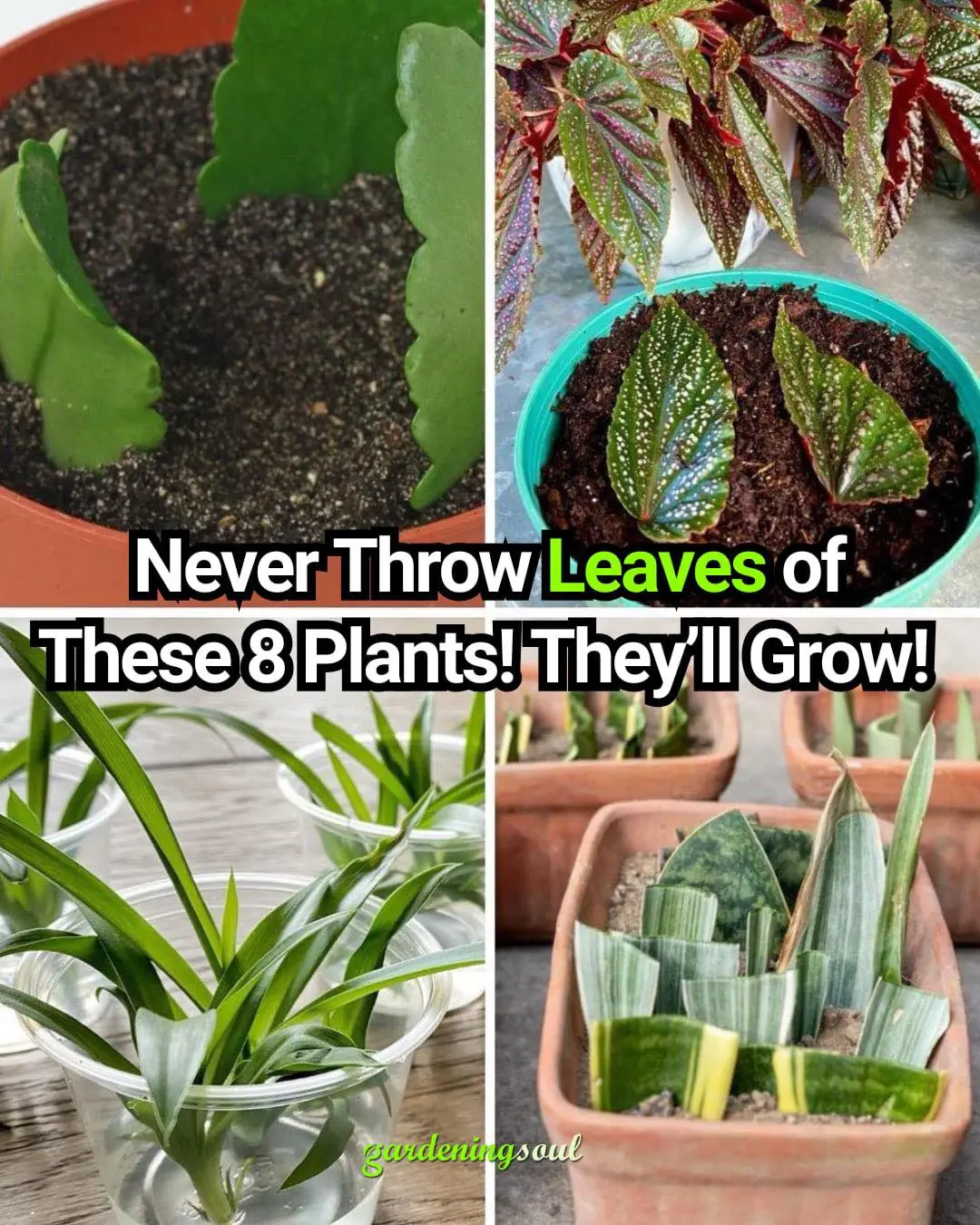
Never Throw Leaves of These 8 Plants! They’ll Grow!
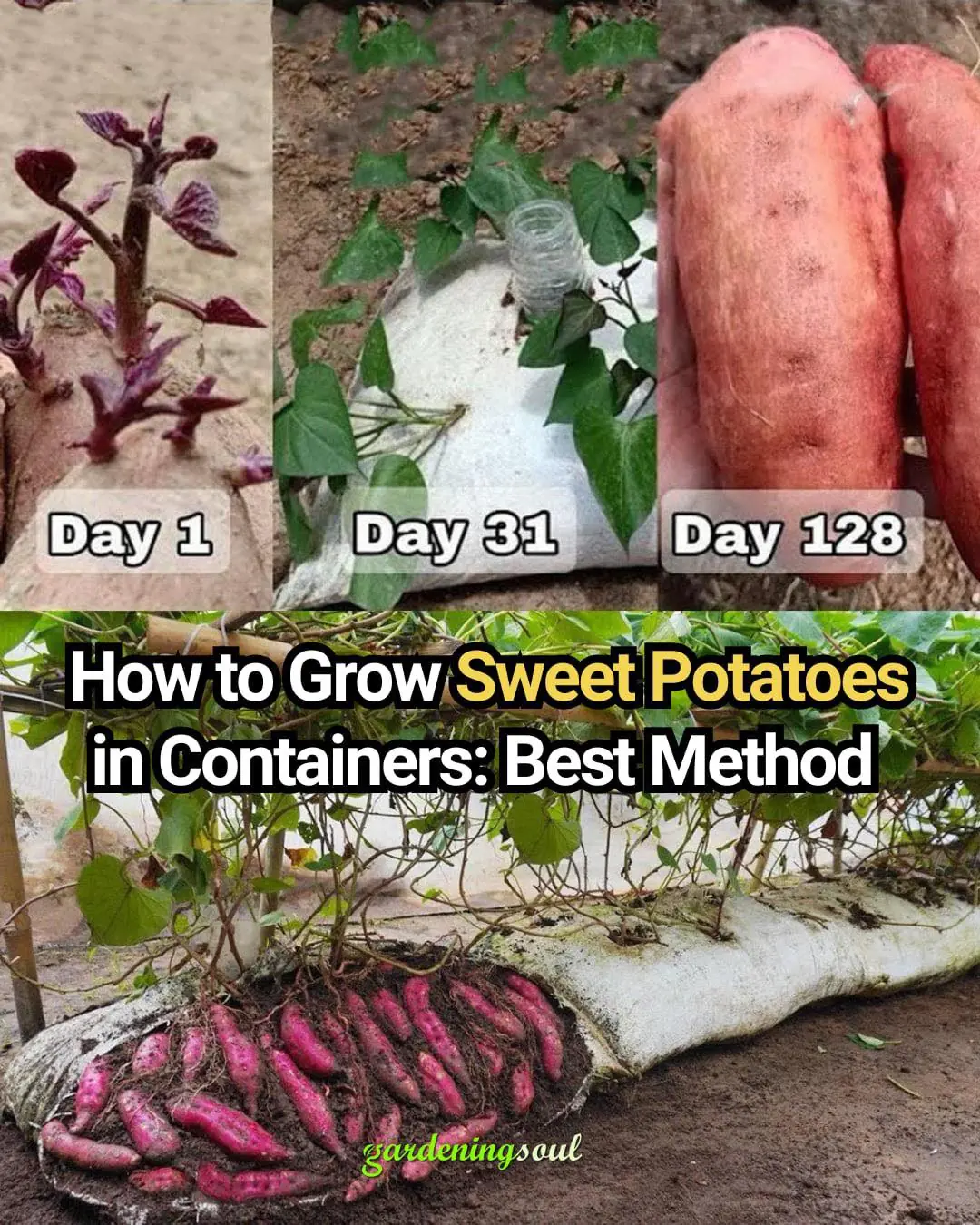
How to Grow Sweet Potatoes in Containers: Best Method
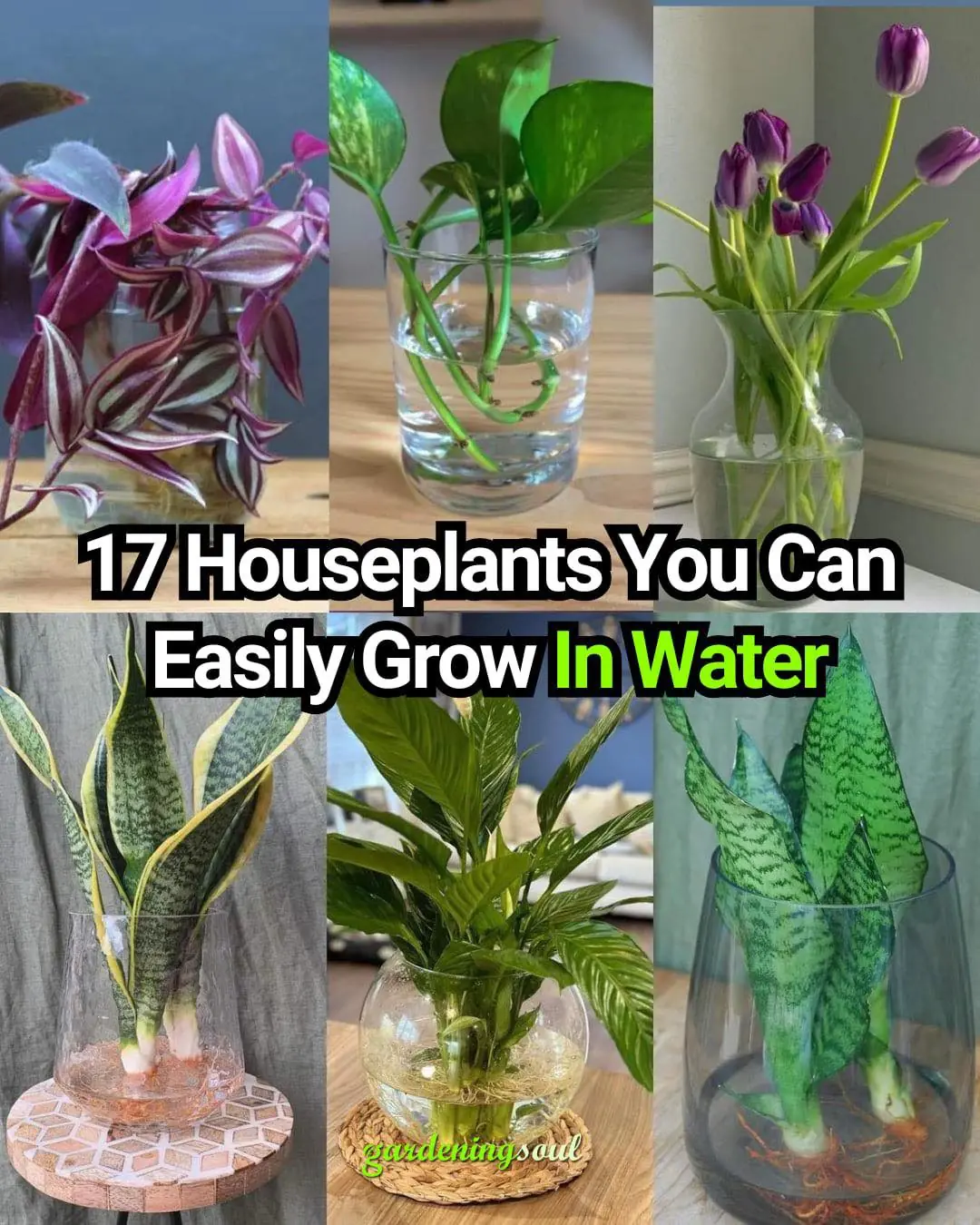
17 Houseplants You Can Easily Grow In Water
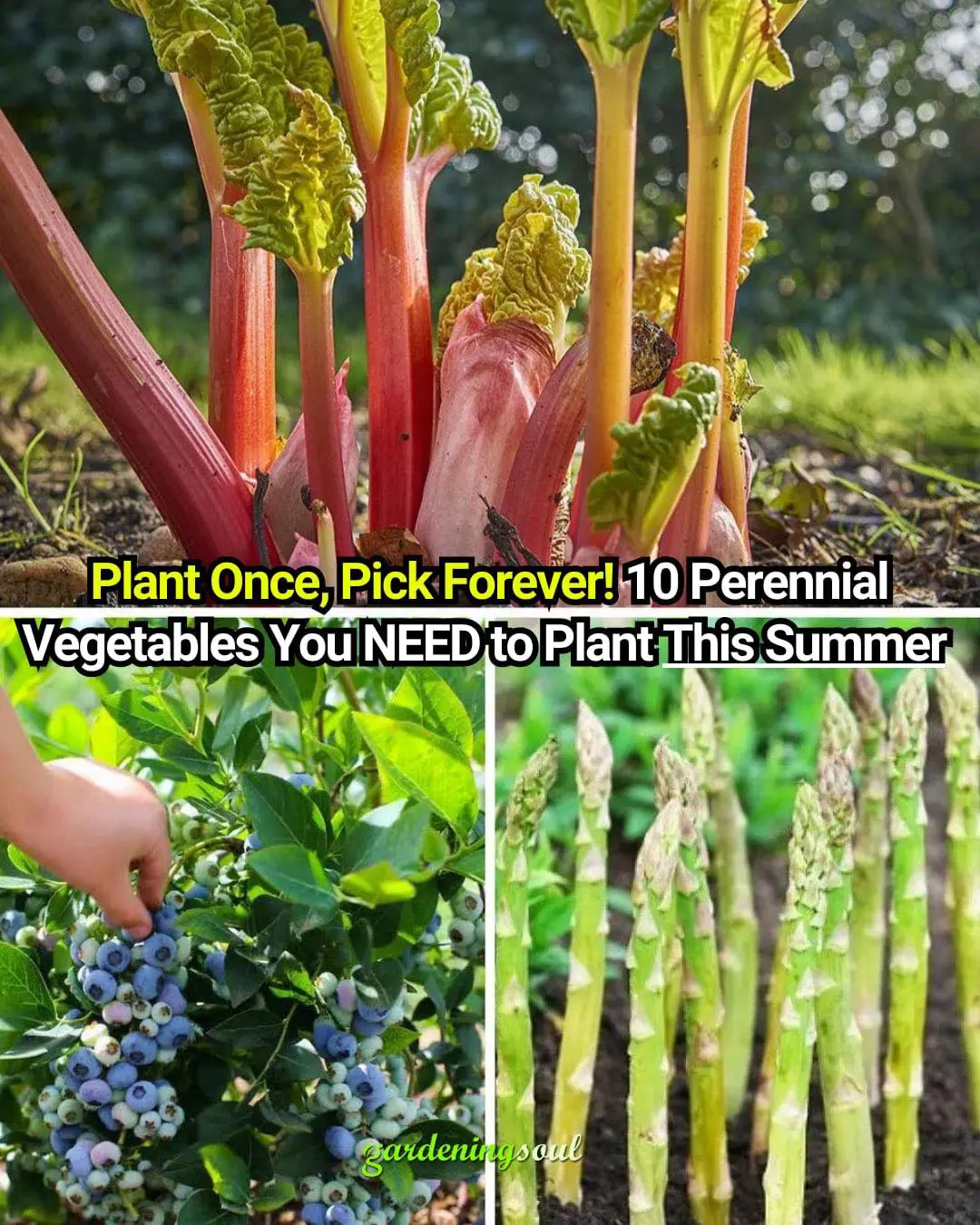
Plant Once, Pick Forever! 10 Perennial Vegetables You NEED to Plant This Summer
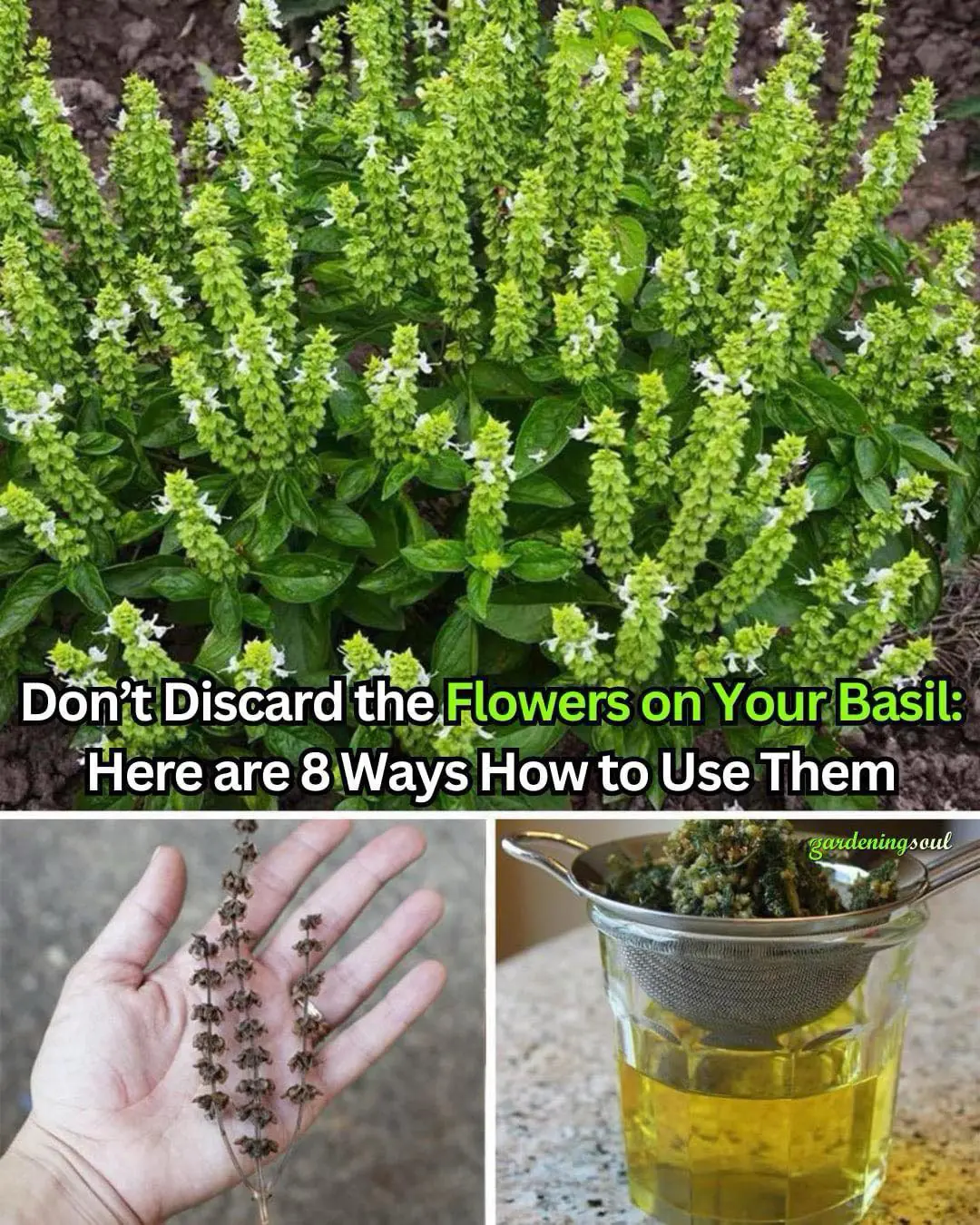
Don’t Discard the Flowers on Your Basil: Here are 8 Ways How to Use Them
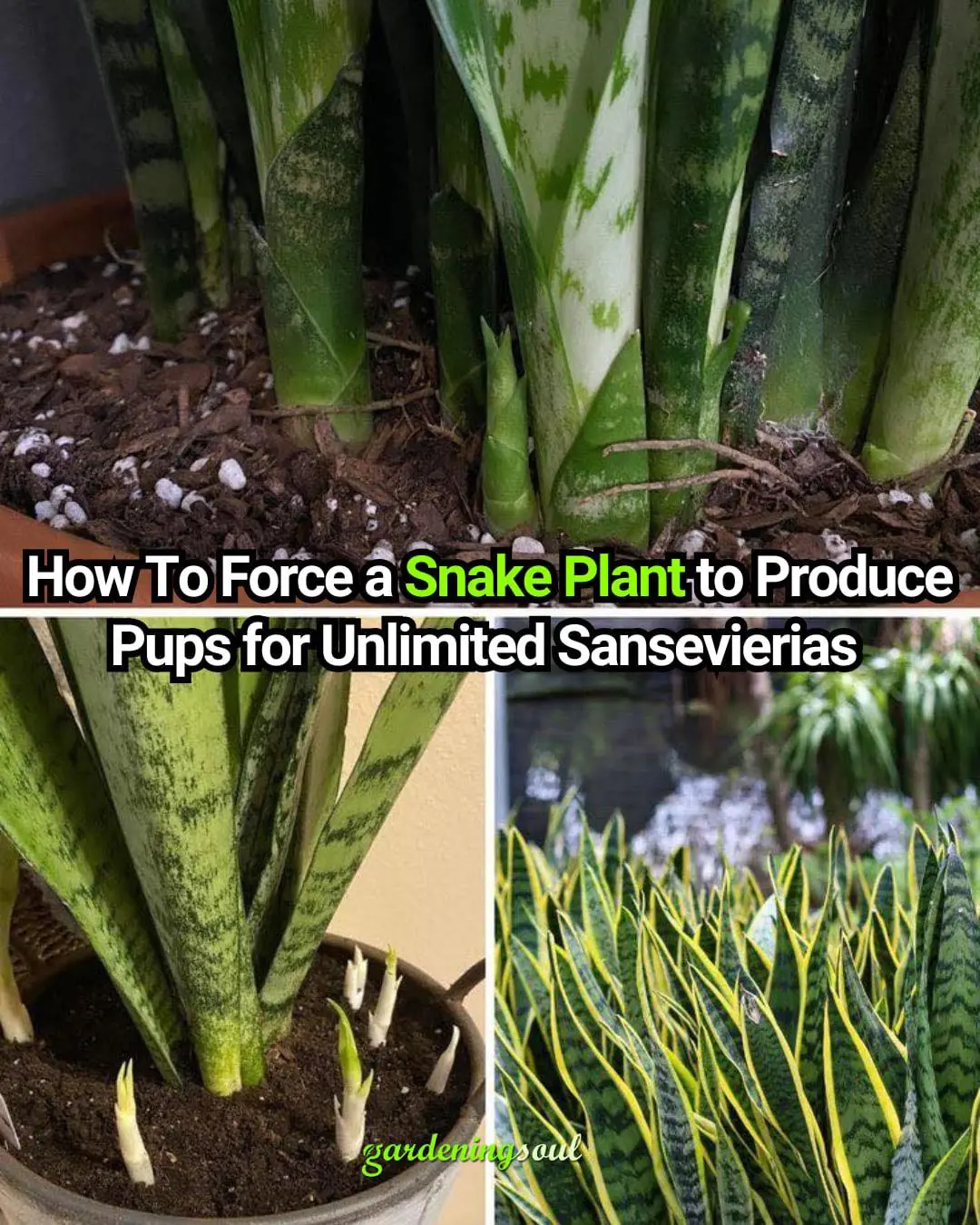
How To Force a Snake Plant to Produce Pups for Unlimited Sansevierias
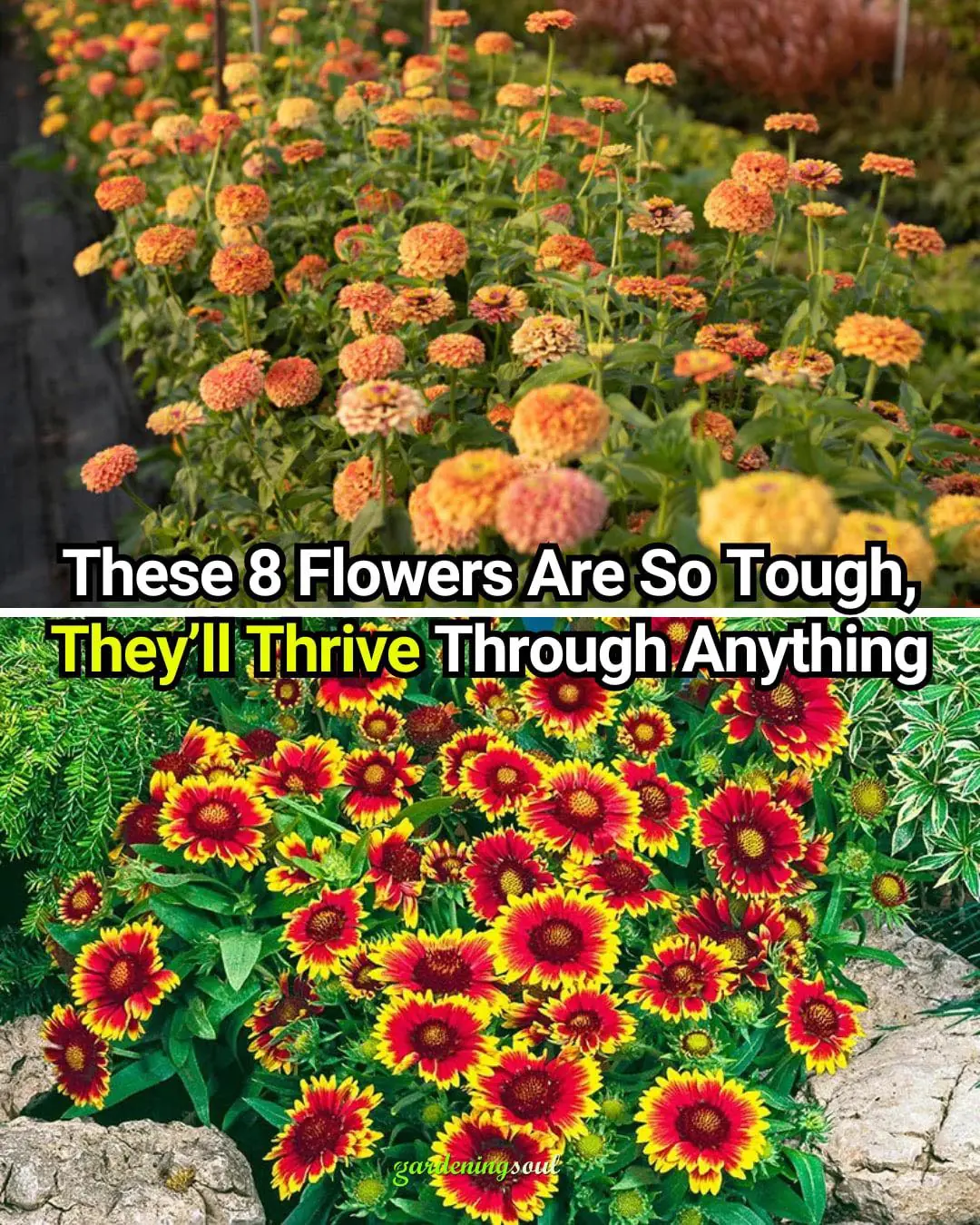
8 Plants That Will Thrive No Matter What
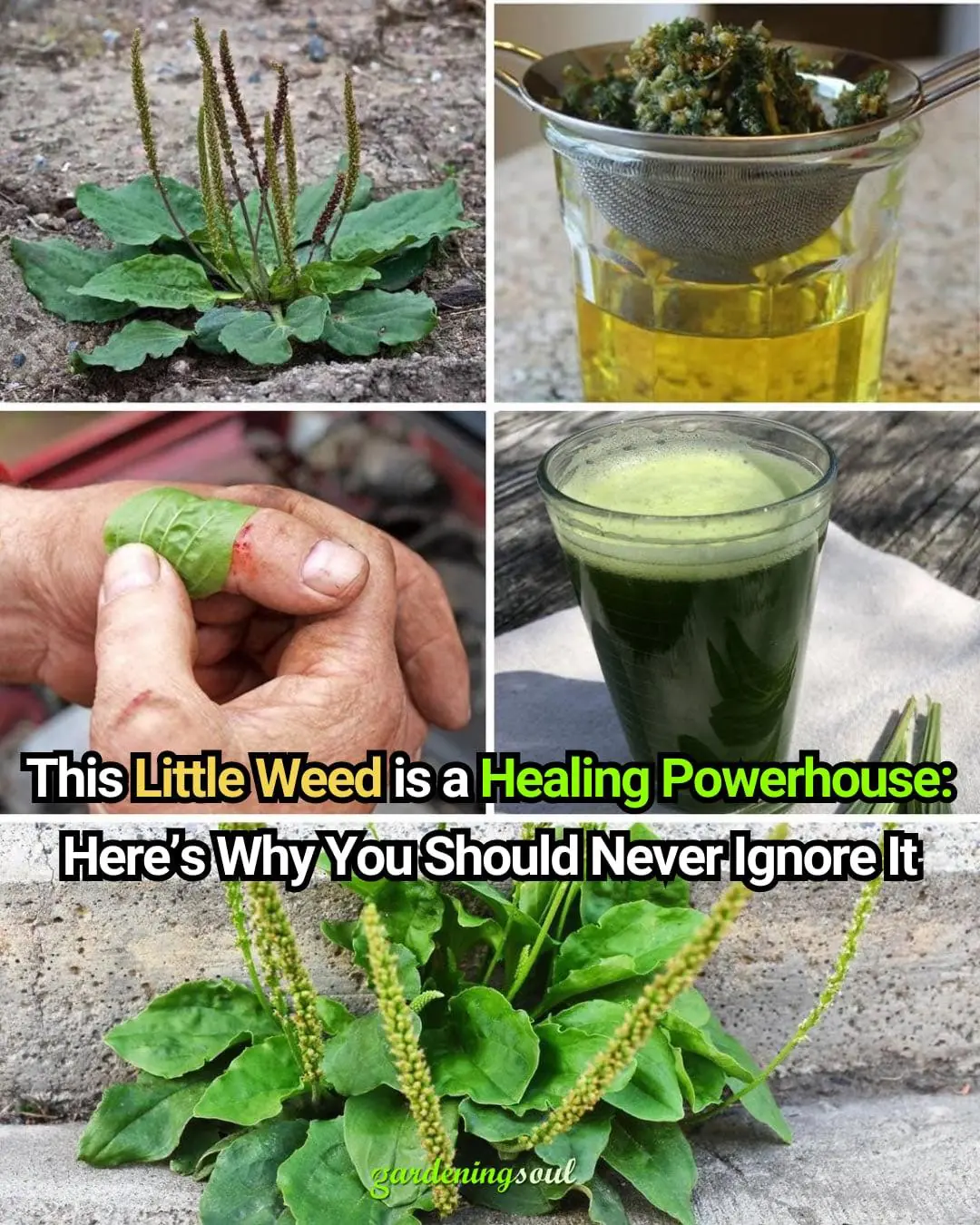
This Little Weed is one of the Most Useful Medicines on the Planet
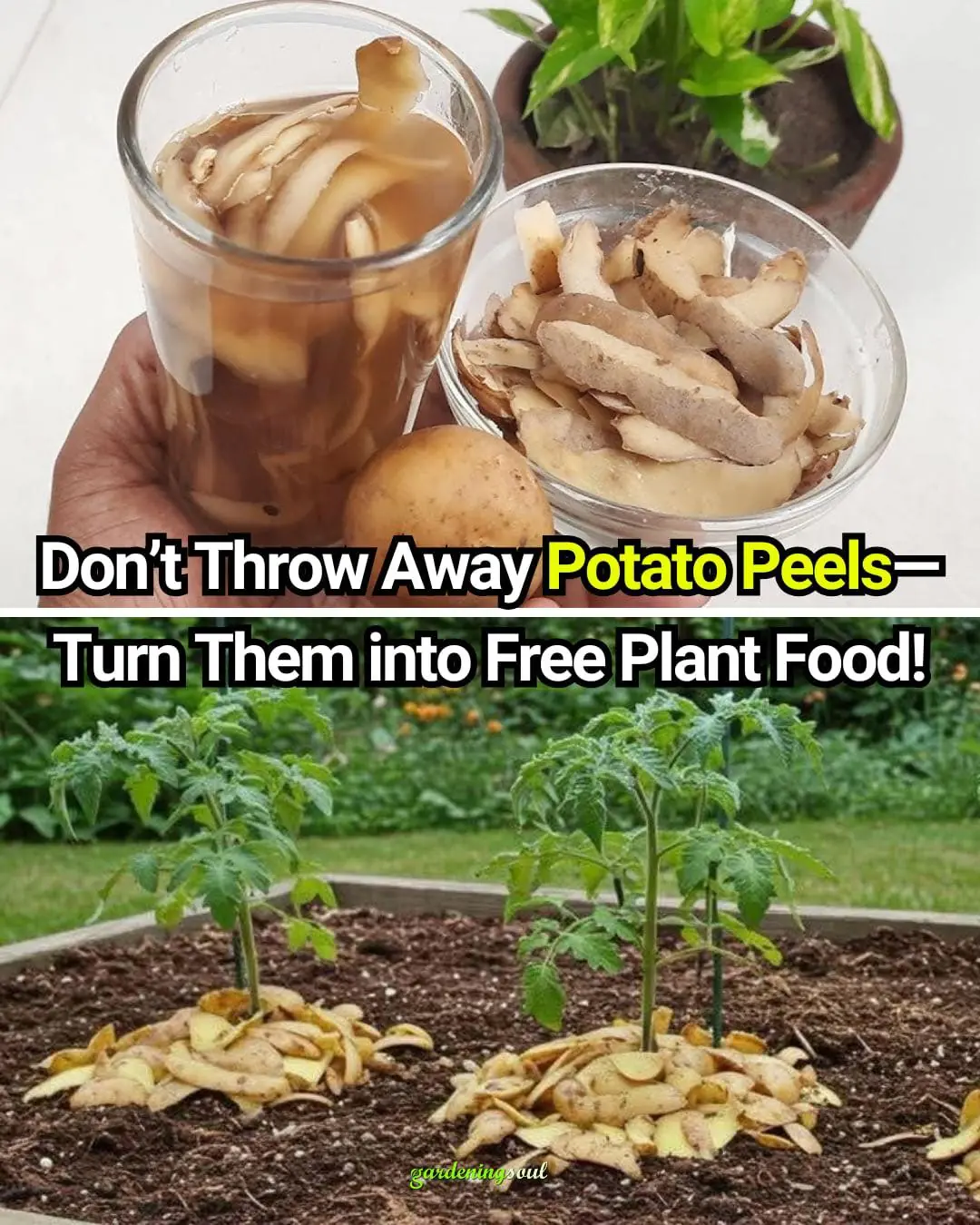
Don’t Throw Away Potato Peels—Turn Them into Free Plant Food!
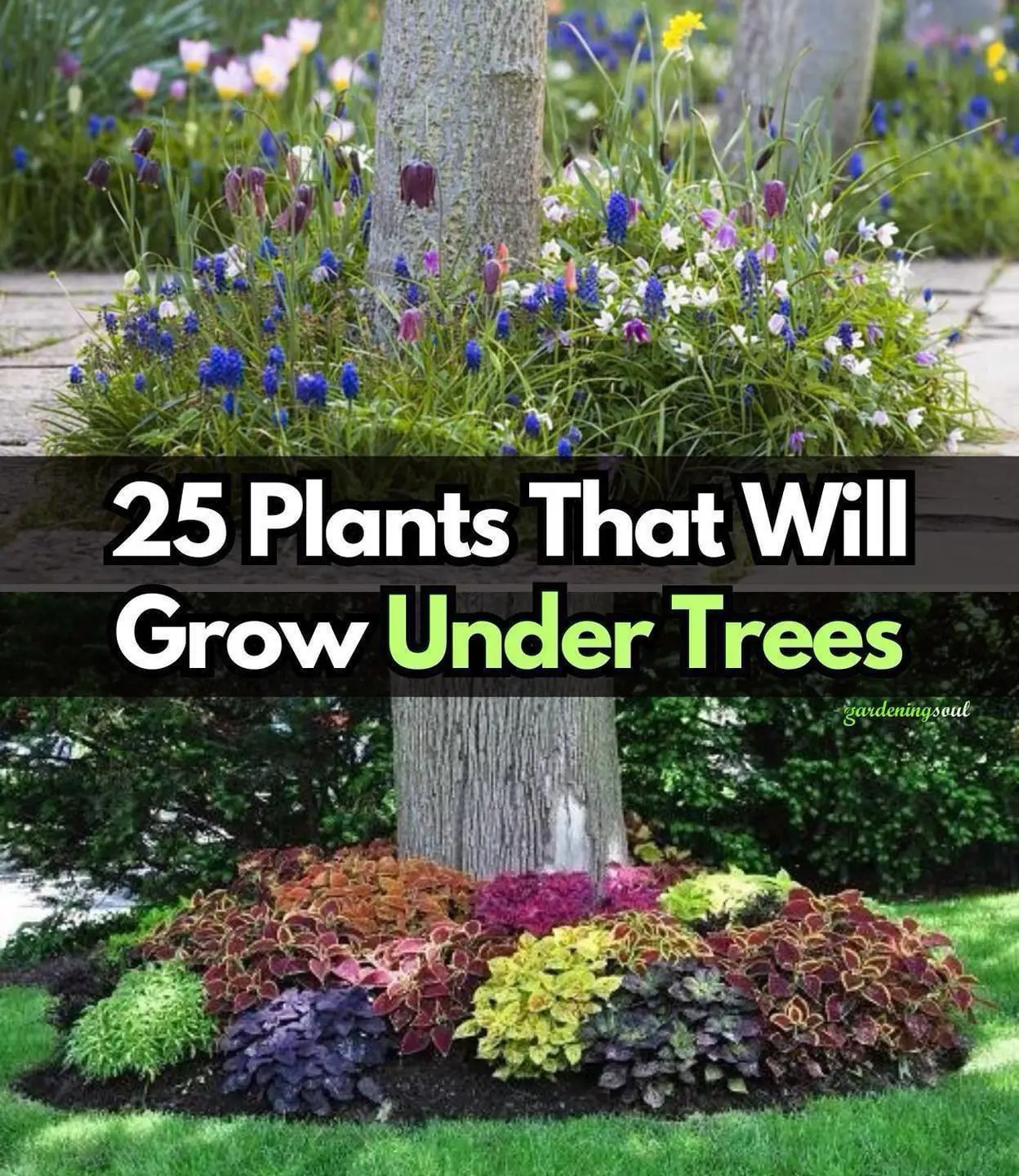
25 Beautiful Plants That Grow Well Under Trees
News Post

How To Get Peace Lilies To Bloom More Often

15 Vegetables You Can Harvest in 30 Days

The Black Serum To Get Long, Black Hair

Oil Infusion For Fast Hair Growth

Turmeric Eye Mask For Dark Circles

DIY Night Cream To Get Glow And Lovely Skin Naturally

Rice Flour & Flax Seeds Mask For Instant Glow & Younger Looking Skin

Tomato To Treat Hyperpigmentation, Dark Spots On Your Face
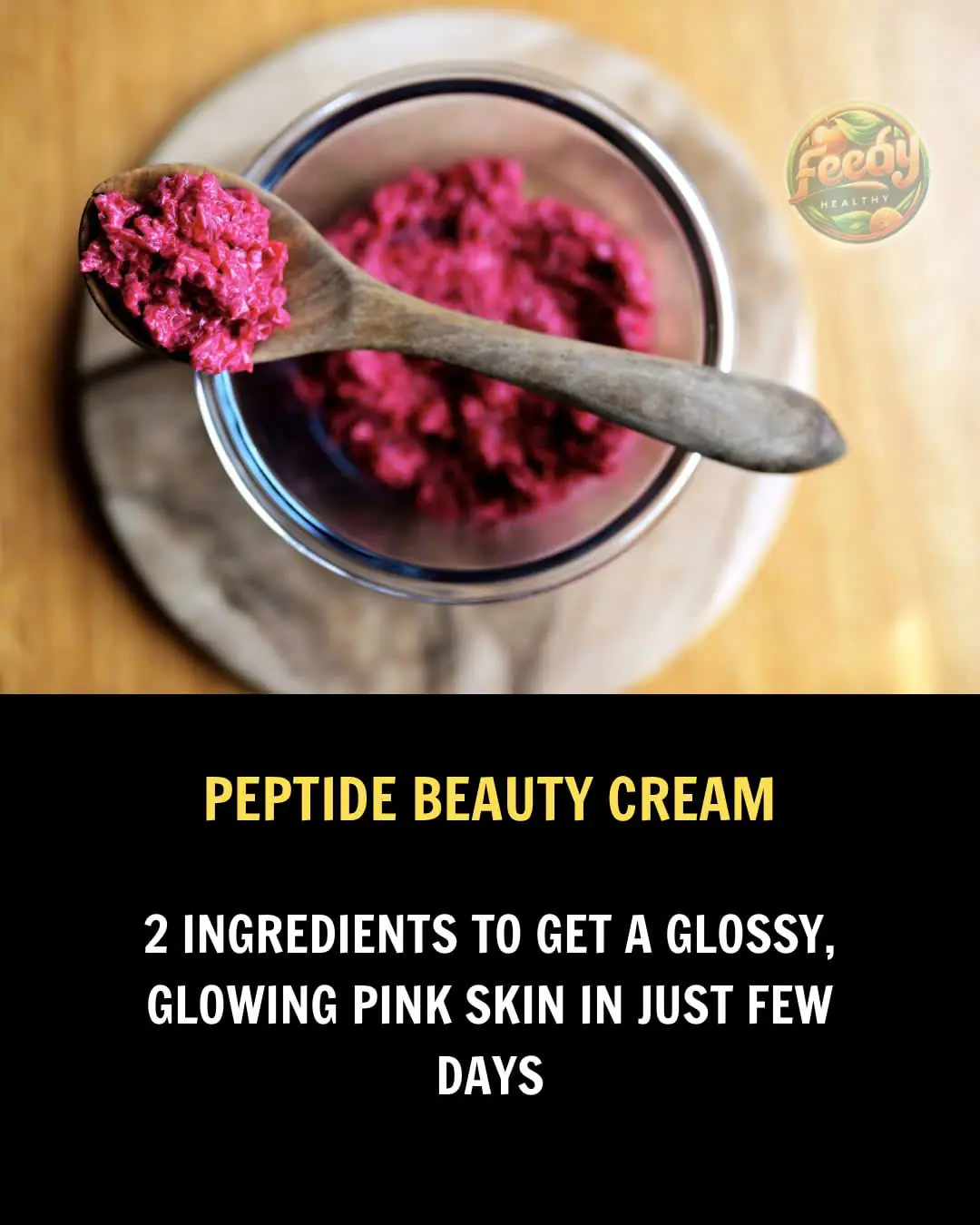
Beetroot Gel For Face

Collagen booster night cream!!

Homemade Anti-Aging Hand Scrub To Get Younger Looking Hands

Collagen booster night cream!!

How to use rice water to get clear & glowing skin naturally
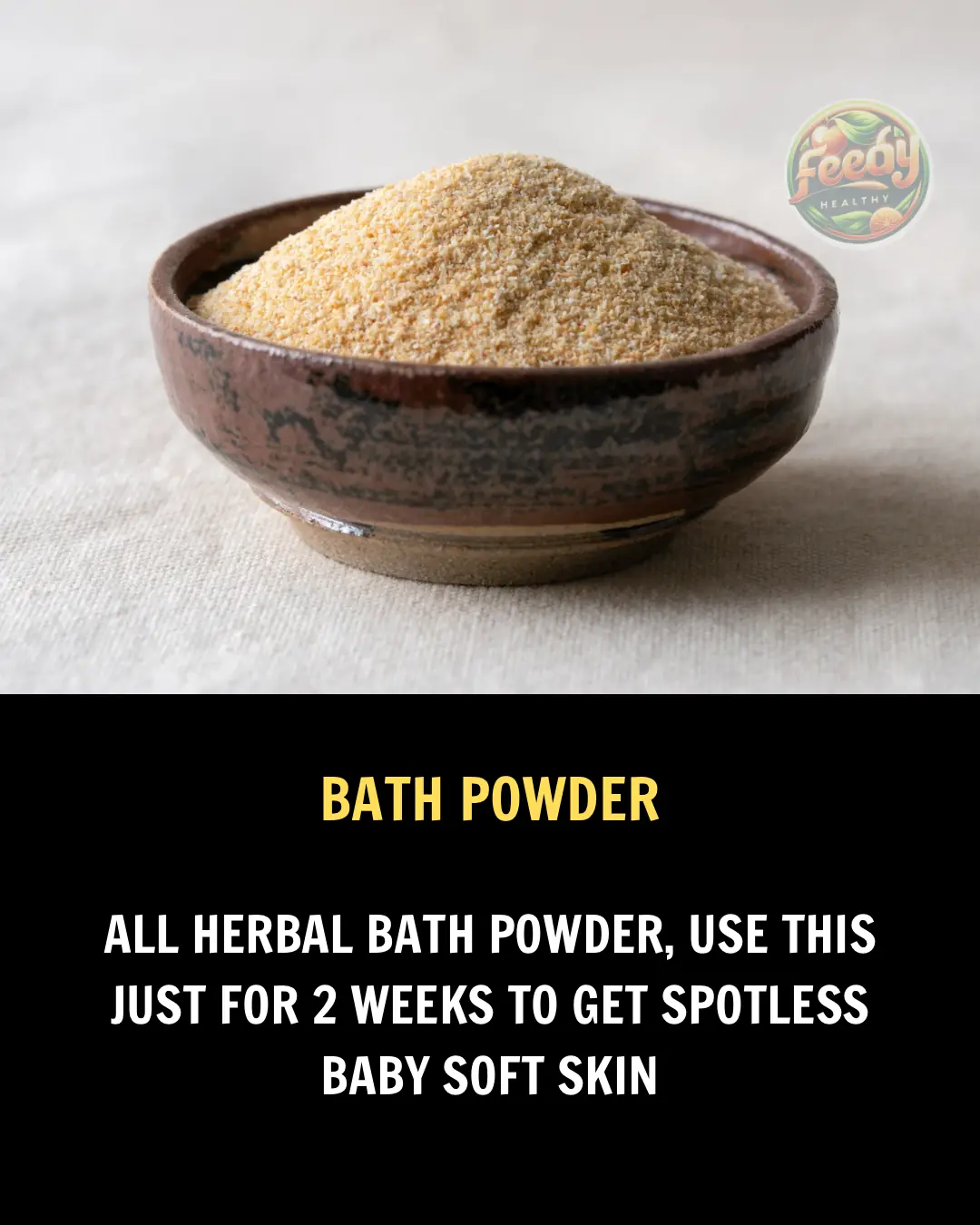
Miracle Indian Bridal Ubtan For Skin Brightening

Turmeric Eye Mask For Dark Circles

DIY Keratin Treatment at Home for Smooth, Frizz-Free Hair

Collagen Combo For Glass Skkin

Beauty Cubes For Bright Glowing Skin
